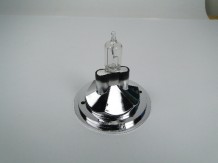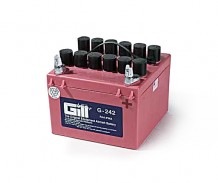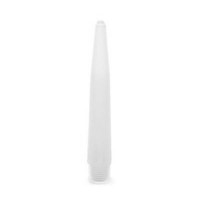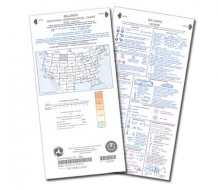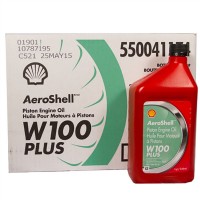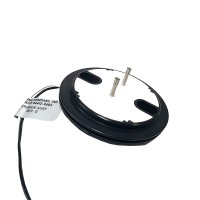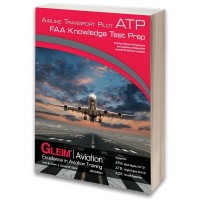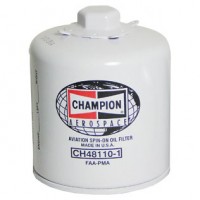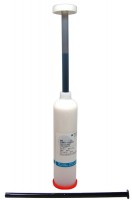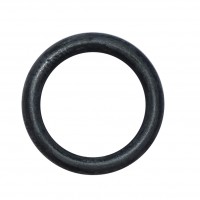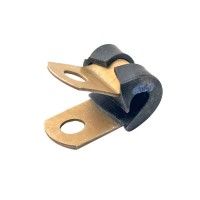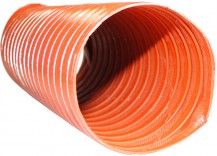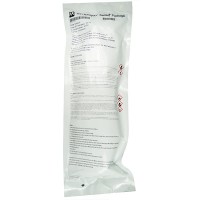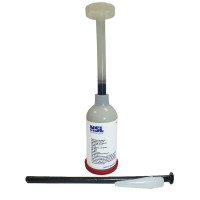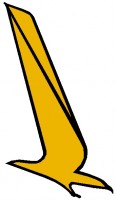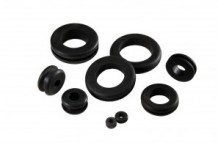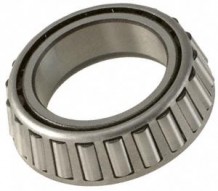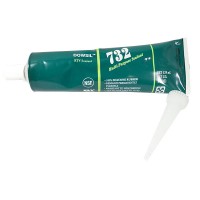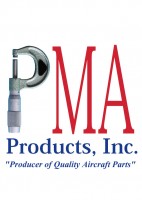FREE SHIPPING ON ORDERS OVER $350 (SOME EXCLUSIONS APPLY) | 877-4-SPRUCE
PR-1776-M B2 PROSEAL 6 OZ KIT
$167.75/Each
Part# 09-05990
MFR Model# 1776M002AM654SK
MFR Model# 1776M002AM654SK
- JUMP TO
- Overview
- Features
- Reviews
- Q&A
- View in Catalog
Overview
| PR-1776M Class B is a low density, high temperature aircraft integral fuel tank sealant. It has a service temperature range from -65°F (-54°C) to 250°F (121°C), with very limited excursions up to 360°F (182°C). This material is designed for fillet sealing of fuel tanks and other aircraft fuselage sealing applications. It offers as much as a twenty percent weight savings, per unit volume, over traditional sealants used for these purposes. The cured sealant maintains excellent elastomeric properties after prolonged exposure to aircraft fuels both jet fuel and aviation gas, and will resist limited contact to diphosphate ester based hydraulic fluids. PR-1776M Class B is a two-part, manganese dioxide cured Permapol® P-5 modified polysulfide. The uncured material is a low sag, thixotropic paste suitable for application by extrusion gun or spatula. It cures at room temperature to form a resilient sealant having excellent adhesion to common aircraft substrates. |
WARNING: Cancer and Reproductive Harm - www.P65Warnings.ca.gov. |
Features
- • Low Weight, 20% lower than standard sealants
- • Faster Curing
- • Easier to apply
- • Excellent Adhesion to Titanium and Stainless Steel
- • MnO2/Permapol® P-5 polysulfide
- • Service temperature -65 to 250 degrees Fahrenheit
- • Shelf Life: 9 months
Q&A
Please note, Aircraft Spruce's personnel are not certified aircraft mechanics and can only provide general support and ideas, which should not be relied upon or implemented in lieu of consulting an A&P or other qualified technician. Aircraft Spruce assumes no responsibility or liability for any issue or problem which may arise from any repair, modification or other work done from this knowledge base. Any product eligibility information provided here is based on general application guides and we recommend always referring to your specific aircraft parts manual, the parts manufacturer or consulting with a qualified mechanic.








 FREE Shipping
FREE Shipping
